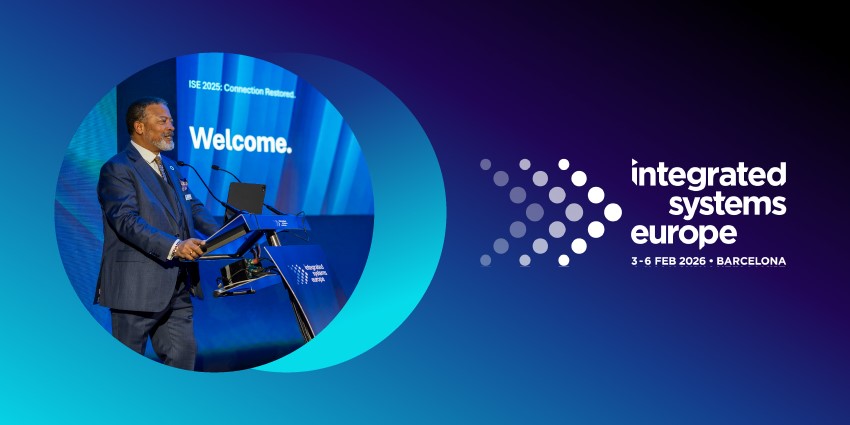How do LLMs work? It’s a question many tech enthusiasts and AI fans have begun to ask in the last year, particularly as new AI innovations continue to emerge throughout the landscape. LLMs form the foundation of some of the most exciting AI apps ever produced, from ChatGPT to Google Bard.
They’re also the ecosystems that offer developers the tools to create solutions capable of producing unique content, automating complex processes, and even translating human language.
Since the start of 2023, we’ve seen an influx of tech giants and startups investing in the LLM landscape, from Microsoft and Google to Meta and Amazon.
So, what’s happening behind the hood of tools like ChatGPT? How do LLMs work, and how are they developed into robust solutions for businesses and consumers?
The Types of Large Language Models
Large Language Models, or LLMs, are a form of AI solution capable of mimicking human intelligence. They leverage statistical models to analyze vast amounts of data, learning patterns, and connections between phrases and words so that they can generate new content on demand.
Typically, these models are built with deep-learning techniques, using specific types of neural networks, such as the “transformer” architecture. However, there are various types of LLM on the market, all with unique functionality. For instance, standard options include:
- Zero-shot model: This large, generalized model is trained on a generic corpus of data and serves a variety of use cases without the need for additional training.
- Fine-tuned models: Additional training can lead to more domain-specific LLM models. For instance, the Open-AI Codex is a domain-specific LLM for programming.
- Language representation models: Language representation models are used for conversational purposes. For instance, the BERT solution is well-suited for NLP.
- Multimodal models: Initial LLMs were initially trained for text, but modern solutions like GPT-4, from OpenAI, can handle both text and images. Some answers also support audio.
How Do LLMs Work? Training Large Language Models
The answer to “How do LLMs work?” can vary depending on the LLM you’re examining. However, there are some standard components in the functionality of all LLMs. For instance, all LLMs require an extensive amount of training.
As “large” AI models, LLMs require massive volumes of data, although it’s unclear where this data comes from. Some companies behind LLMs don’t share much information. While others are more transparent. For instance, the research paper on the LaMDA model (powering Bard) says the data comes from public forums, tutorials, code documents, and Wikipedia.
One of the most recently developed open-source LLMs, Falcon 180B, was trained on 3.5 trillion data tokens, including web data from Amazon SageMaker and RefinedWeb.
Wherever this data comes from, it’s processed through an advanced neural network, an AI engine consisting of various layers and nodes; these networks frequently adjust how they interpret and make sense of data based on multiple factors. Most LLMs use a specific form of neural network called a transformer.
Transformers in Large Language Models
The transformer neural network is particularly well-suited to training LLMs. They can read vast amounts of text, spot patterns in how words and phrases relate, and predict what kinds of comments should come next. In a way, LLMs are similar to “autofill” engines. They don’t know anything themselves, but they’re good at predicting the next step in a sequence.
One particularly crucial component of transformer networks is the self-attention mechanism, which essentially allows LLMs to train themselves. This ensures systems examine how words are related in a sentence or paragraph, not just look at isolated words.
Notably, there is some variation and randomness in the code used to build LLMs, which is why tools like ChatGPT and Bard won’t always generate the same response to the same question every time. It’s also why some answers won’t always be entirely accurate. LLMs don’t know exactly which responses are “accurate”; they simply look for what’s plausible based on the data they have.
A bot won’t always choose the word most likely to appear next in a sentence. They may choose the third or fourth most likely term or use a synonym. This leads to a greater diversity in responses, but when pushed too far, it can mean answers stop making sense. This is why LLMs need to learn and correct themselves constantly.
Human beings are also involved in improving the performance of LLMs. Supervisors and end-users can help train LLMs by ranking answers based on accuracy, pointing out mistakes, and sharing additional information for systems to learn from.
How Do LLMs Work? Training Use Cases
So, how do LLMs work in the modern landscape? What kind of use cases do they serve? Once trained, LLMs can be adapted to perform various tasks using small supervised data sets. This is a process known as fine-tuning. As the system is fine-tuned, it can generate new content based on the user-set parameters.
For instance, consumers can use LLMs to generate a new piece of content in the style of a famous poet by providing the proper “prompt” guidance to the system. LLMs can also serve a range of other applications. These days, they appear more frequently in generative AI chatbots and virtual agents, like Zoom’s AI companion and Microsoft Copilot.
By analyzing natural language patterns, these tools can generate responses similar to a human’s. This makes them ideal for delivering customer service or acting as an assistant to everyday users. LLMs can handle various NLP-related tasks, from text translation and generation to content summarization, classification, categorization, and even sentiment analysis.
Are LLMs Fool-Proof? The Limitations
Just as answering the question “How do LLMs work?” can be complex, training these solutions to be foolproof is often highly challenging. Large Language Models might be one of the most influential innovations in the AI world, but they do have their limitations.
For instance, LLMs aren’t always 100% accurate and reliable. While LLMs can generate content with reasonable accuracy (based on your input), their responses are sometimes inaccurate and misleading, particularly if their training data is limited.
For instance, the free version of ChatGPT doesn’t have any up-to-date information from the last couple of years, and it’s unable to browse the internet. This means it’s subject to several problems with potential inaccuracies and “AI hallucinations.”
There are a few ways to mitigate issues with inaccuracies. For instance, companies can use conversational AI to connect their model to a reliable data source, such as a website. Some companies even give LLMs access to massive databases, like the Google Search engine.
Of course, inaccuracies aren’t the only potential challenge with LLMs. They also require significant computational resources and training time, making building these tools extremely complex. Though open-source models are emerging to increase accessibility, they require significant technical know-how. Additionally, like most AI systems, LLMs have potential ethical implications and biases based on their given data.
The Future of LLMs
Ultimately, whether you understand how large language models work or not, it’s impossible to ignore their impact on our world. LLMs are extremely flexible. One model can perform various tasks, such as summarizing documents, answering questions, and translating text.
While they aren’t perfect, LLMs demonstrate an incredible ability to transform how we live and work. These tools are already significantly impacting the modern business landscape, emerging in creating chatbots and assistants for UCaaS and CCaaS tools. They’re even helping companies create code, content, and new applications for various purposes.
As technology evolves, the answer to “How do LLMs work?” may change slightly. For instance, these tools are already unlocking increased capabilities, such as processing different types of media input. Companies are experimenting with audiovisual information and computer vision to give LLMs a new scope.
One thing is sure: LLMs have the power to transform how we look at artificial intelligence and human/computer interactions on an incredible scale.







